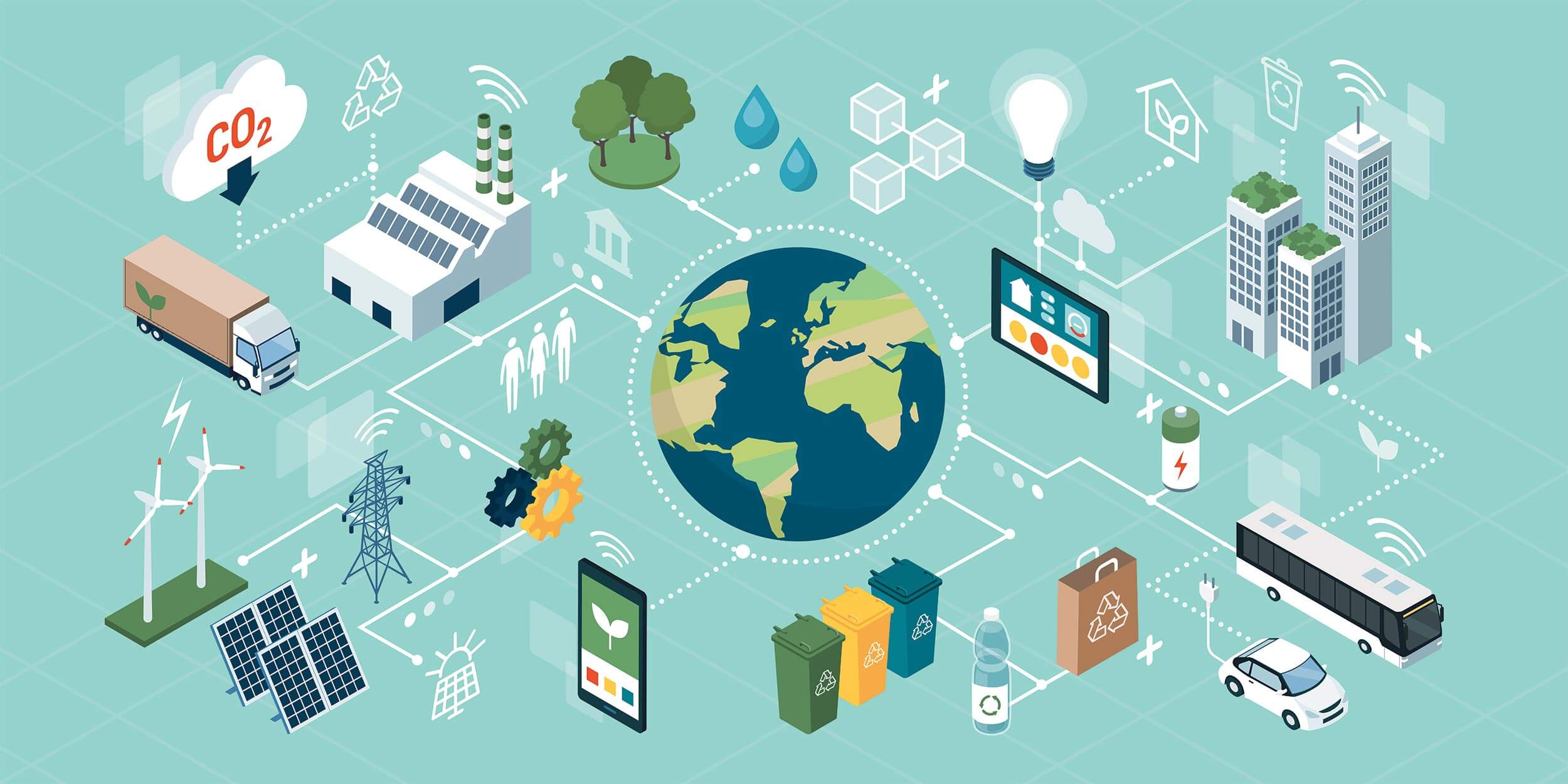The pressing reality of climate change demands innovative and effective solutions. With global temperatures rising, ecosystems under threat, and weather patterns becoming increasingly erratic, individuals, governments, and businesses are stepping up to combat this challenge. The future depends on implementing transformative strategies that pave the way for a sustainable environment. This blog explores emerging climate change solutions with a focus on carbon footprint calculators, energy efficiency, carbon offsets, and corporate sustainability.
Understanding the Carbon Footprint and Its Role in Climate Action
A carbon footprint measures the total greenhouse gas emissions caused directly or indirectly by individuals, organizations, or products. As awareness grows, tools like carbon footprint calculators have become increasingly popular. These tools help users understand their environmental impact, providing actionable insights to reduce emissions.
For businesses, leveraging a carbon footprint calculator goes beyond a sense of environmental responsibility; it is a critical component of their climate action plan. By identifying high-emission areas in operations, companies can implement targeted measures to reduce their impact. For instance, switching to renewable energy sources or optimizing supply chains can significantly lower emissions while also boosting operational efficiency.
On an individual level, using these calculators fosters greater consciousness about daily activities—transportation choices, energy consumption, and dietary habits—that influence climate change.
Energy Efficiency: The Power of Doing More with Less
One of the most accessible and impactful climate change solutions is improving energy efficiency. By optimizing energy use, businesses and individuals can significantly cut greenhouse gas emissions, reduce costs, and enhance overall productivity.
For example, smart technologies like energy-efficient appliances, intelligent lighting systems, and advanced building designs contribute to lower energy use without sacrificing performance. In the corporate world, energy efficiency has become a hallmark of corporate sustainability, reflecting a company’s commitment to reducing its environmental impact.
Moreover, energy efficiency complements broader sustainability goals, such as transitioning to renewable energy. It ensures that resources are used responsibly, laying the groundwork for a greener future. This dual benefit of cost savings and environmental preservation makes energy efficiency a critical pillar of global climate action strategies.
Carbon Offsets: A Pathway to Net Zero Emissions
While reducing emissions is essential, certain activities inevitably produce greenhouse gases. This is where carbon offsets play a pivotal role. Carbon offsets allow businesses and individuals to invest in projects that remove or prevent the emission of carbon dioxide and other greenhouse gases from the atmosphere. Examples include reforestation initiatives, renewable energy projects, and methane capture programs.
For corporations aiming to achieve net-zero emissions, carbon offsets provide a bridge between operational realities and environmental goals. Companies that utilize carbon offsets not only demonstrate their commitment to sustainability but also contribute to global efforts to mitigate climate change.
However, it’s essential to approach carbon offsets with integrity. They should be part of a broader strategy that prioritizes emissions reduction first and offsets only as a complementary measure. When paired with tools like carbon footprint calculators, offsets offer a transparent and measurable way to advance climate action.
Corporate Sustainability: Driving Change Through Leadership
In today’s world, sustainability is no longer optional for businesses—it’s a mandate. Companies that embed corporate sustainability into their core operations are better equipped to address climate challenges, meet stakeholder expectations, and foster long-term growth.
Key practices in corporate sustainability include implementing energy-efficient technologies, adopting renewable energy, and engaging in initiatives like carbon offsets. Additionally, businesses are increasingly aligning with frameworks such as the SBTi (Science-Based Targets initiative) and GRI standards to ensure accountability and transparency in their environmental efforts.
Corporate sustainability isn’t just about compliance; it’s about leadership. Businesses that take bold steps toward reducing their environmental footprint inspire others to follow suit, creating a ripple effect across industries. This collective action is vital to achieving global sustainability goals.
A Sustainable Future is Within Reach
The journey toward a sustainable future requires commitment, innovation, and collaboration. From using carbon footprint calculators to enhance awareness, improving energy efficiency for greater impact, leveraging carbon offsets to achieve net-zero goals, and embracing corporate sustainability as a guiding principle—these solutions are shaping a new era of environmental stewardship.
By adopting these strategies, individuals and organizations can play an active role in mitigating climate change and preserving the planet for future generations. As more entities join the fight, the dream of a sustainable world can become a reality.


